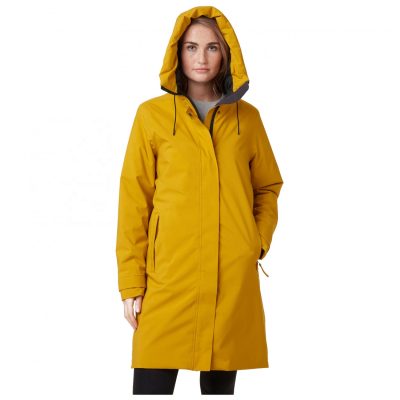1. Workmanship: The workmanship of the raincoat is very important. If the stitches of the raincoat are too large, the stitch height is inconsistent, the sealing is not up to standard, and no anti-leakage treatment is used, it will be easy to seep in the rain.
2. Style: raincoat style is generally one-piece long, split raincoat and cape raincoat (poncho), one-piece (long) is easy to put on and take off, but the waterproofness is poor, the split is more waterproof, and the raincoat is suitable for cycling (E-bikes, bicycles, etc.).
3. Breathability: Comfort and breathability should be fully considered when purchasing raincoats. If the raincoat is only for rain protection, but it is not breathable, then when the seal covers the human body, the heat in the body cannot be exhausted, and the outside is cool and the inside is hot, forming water accumulation and wetting the lining of the raincoat.
4. Size: The sizes of raincoats are different, so it is recommended that consumers check the size chart when purchasing raincoats. It is best to try them on, and try to buy larger ones, so that even if you wear more clothes in winter, available.
5. Coating: The basic principle of raincoat waterproofing is fabric + coating. Common types of coatings are PVC (polyvinyl chloride), PU, EVA, etc. Raincoats are prone to direct contact with the skin. To avoid skin irritation, EVA-coated raincoats are recommended.
6. Color: There are many colors of raincoats now, and the styles are changeable, including British style, retro wave point style, solid color, color, etc. When purchasing raincoats, you can consider clothing matching and personal preferences.

















